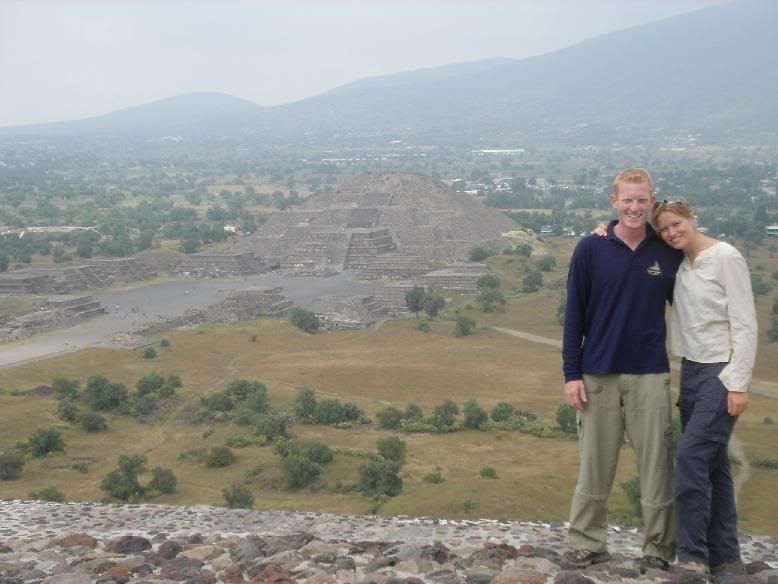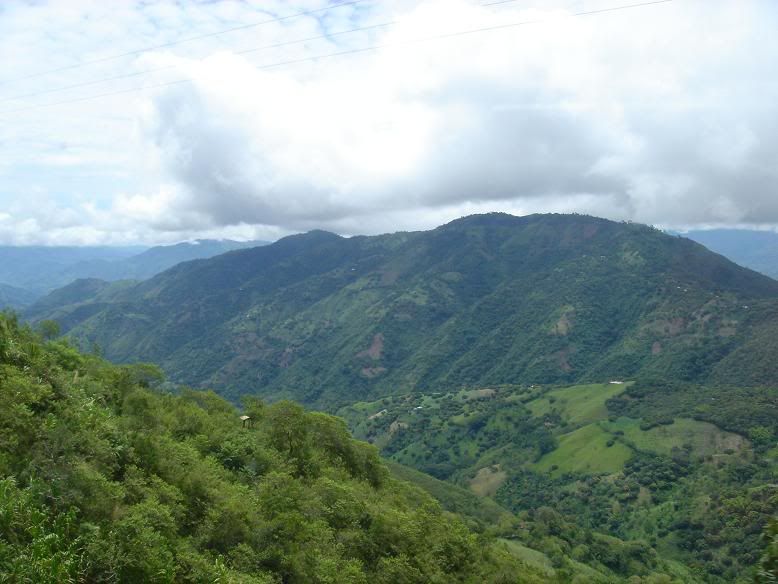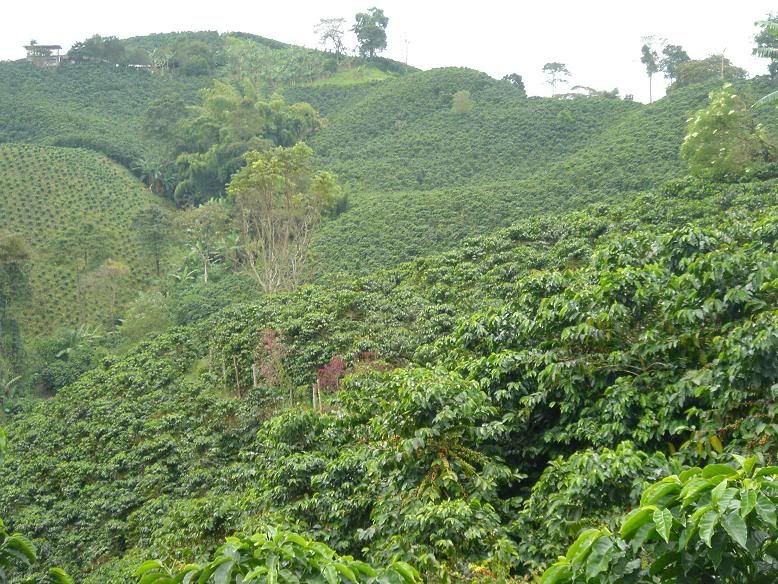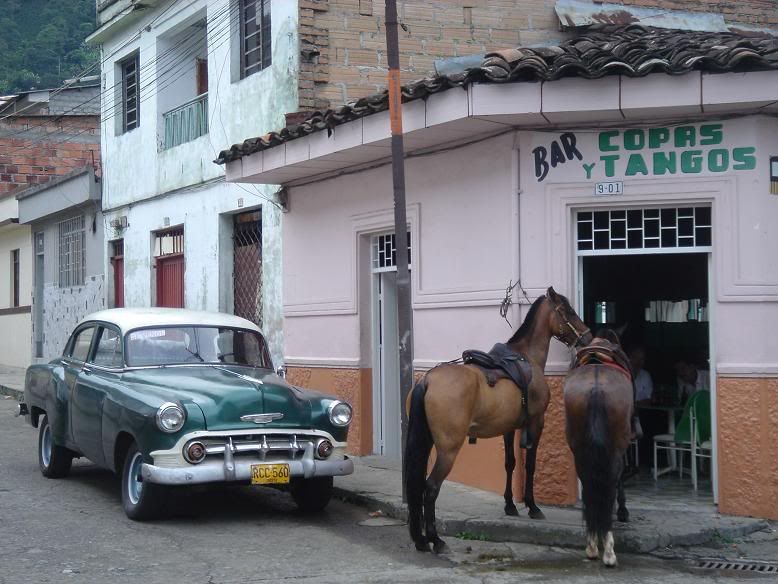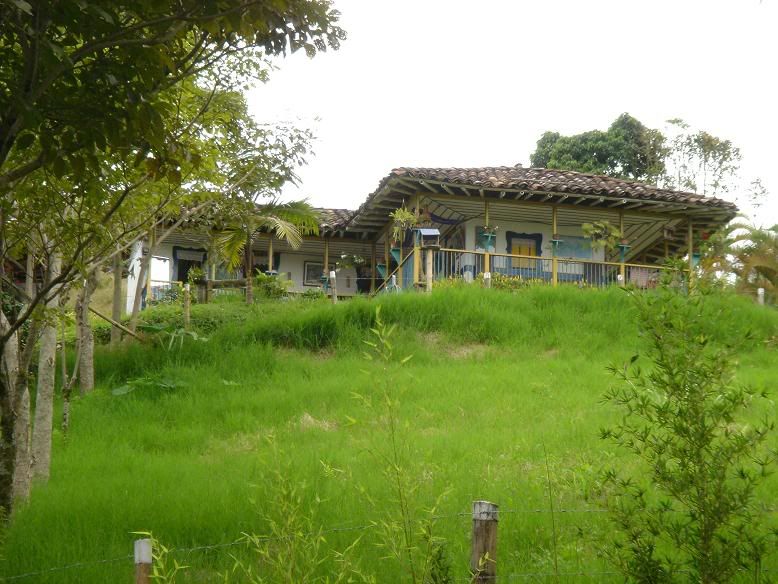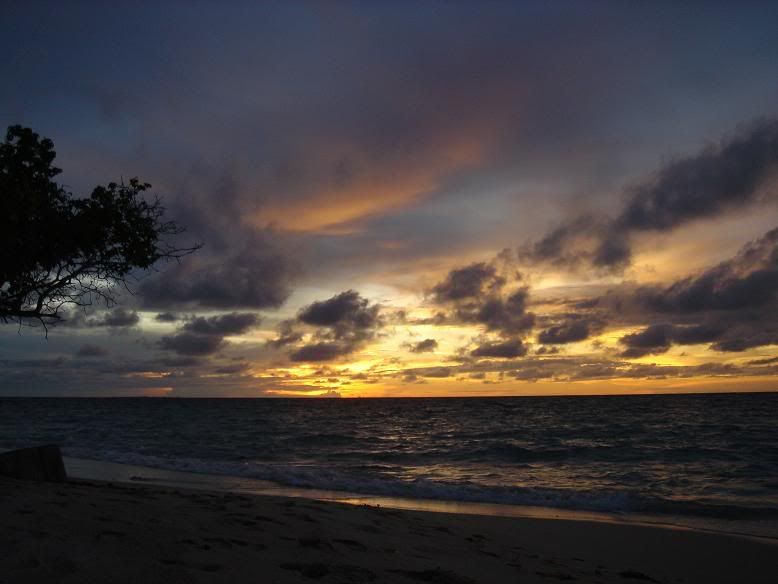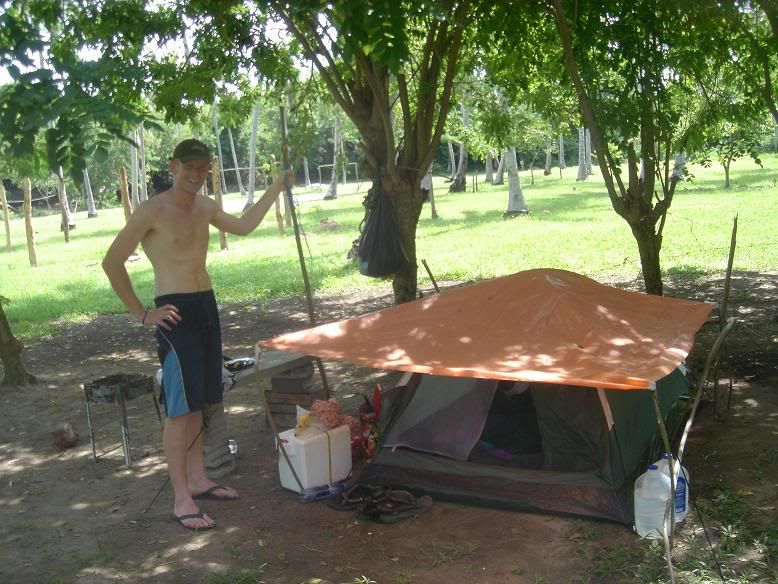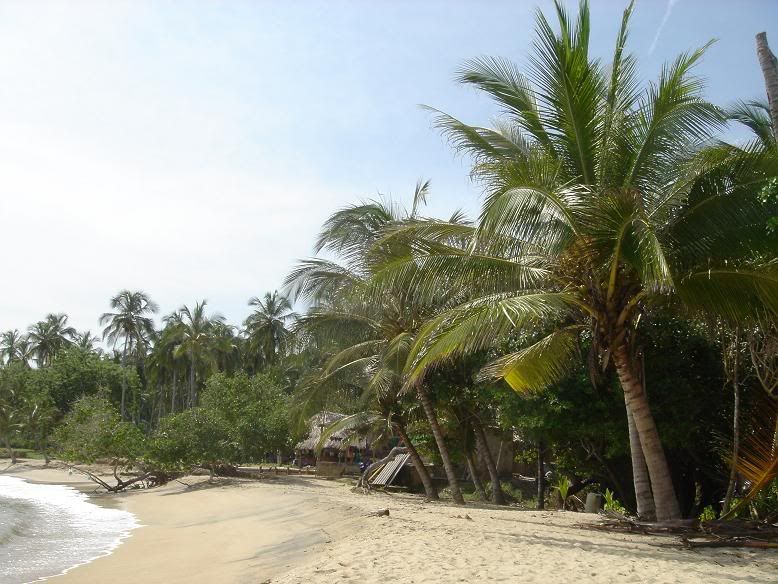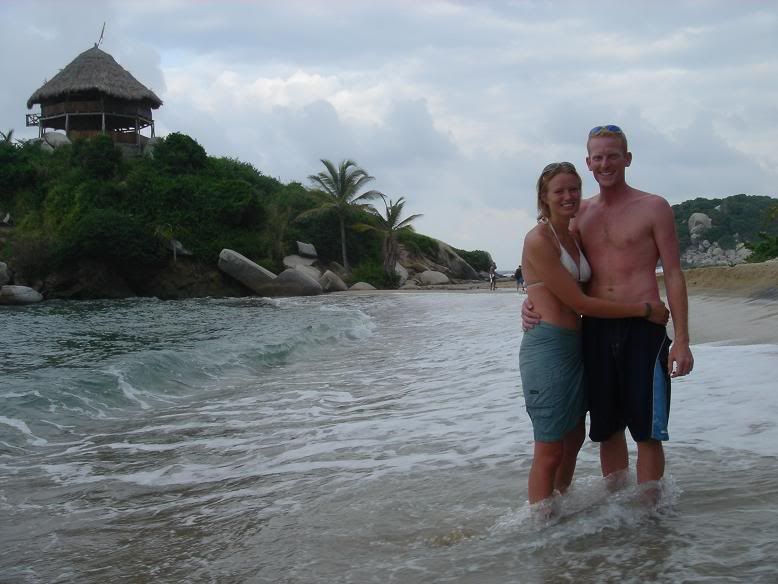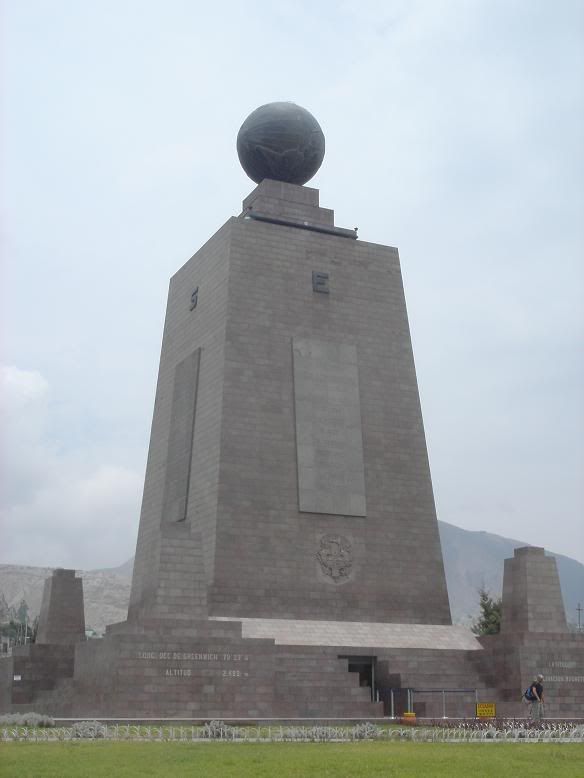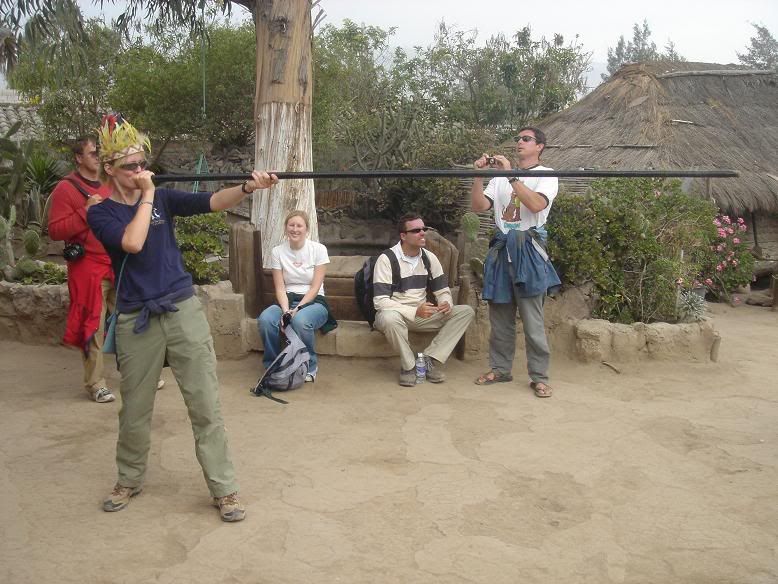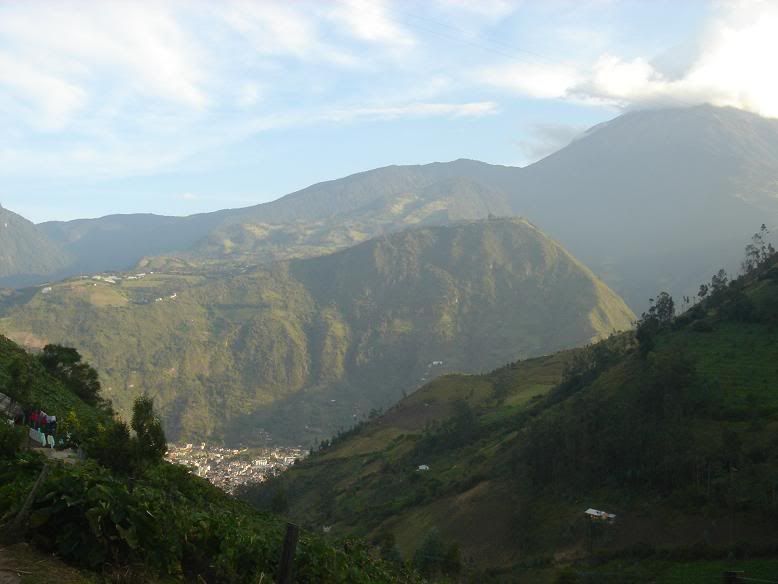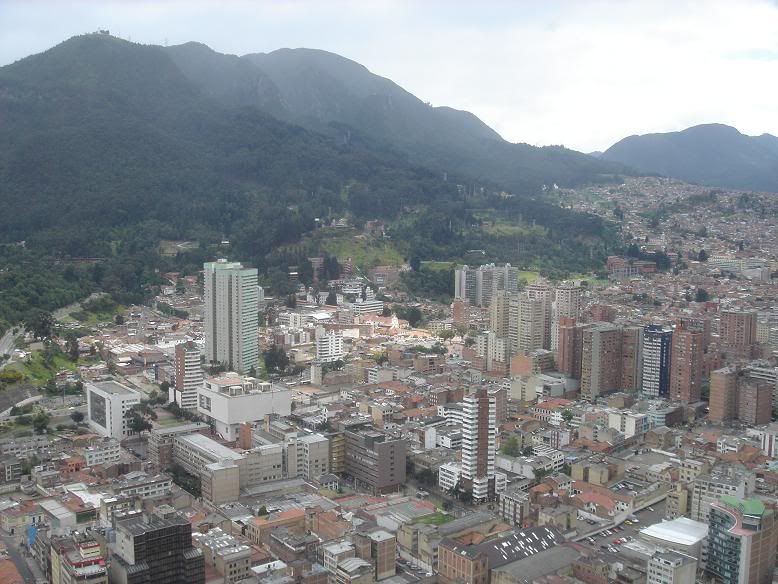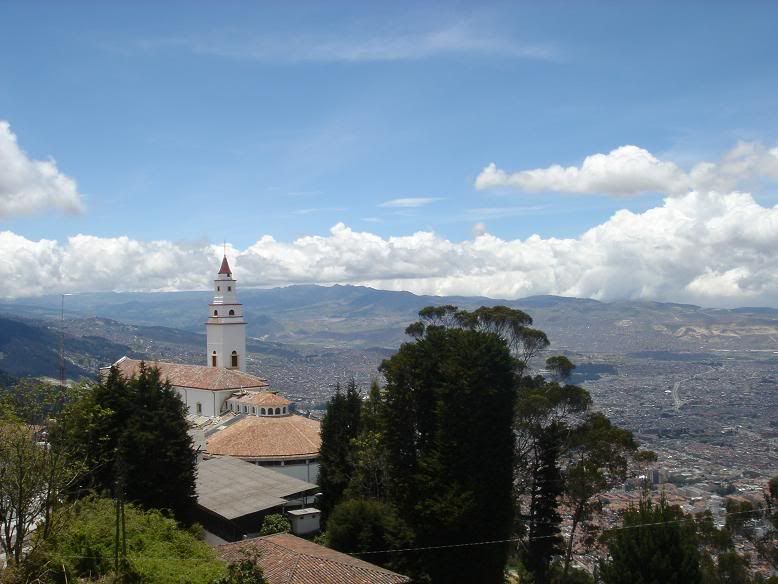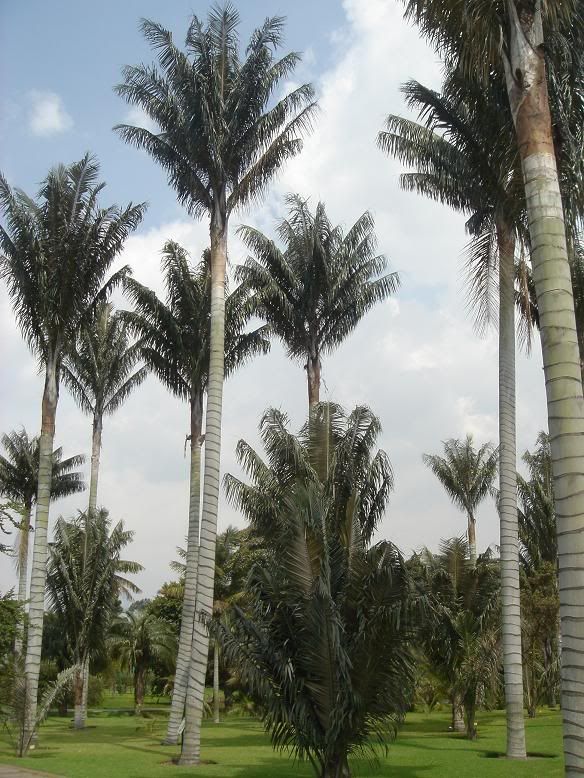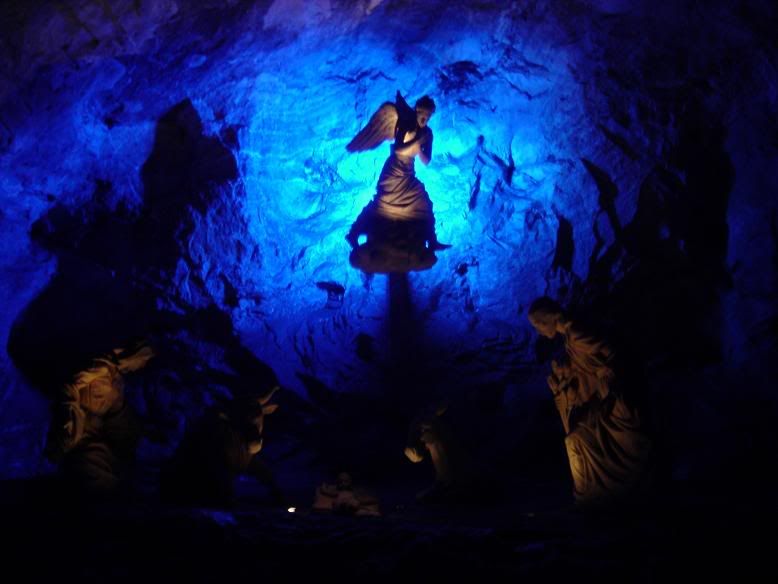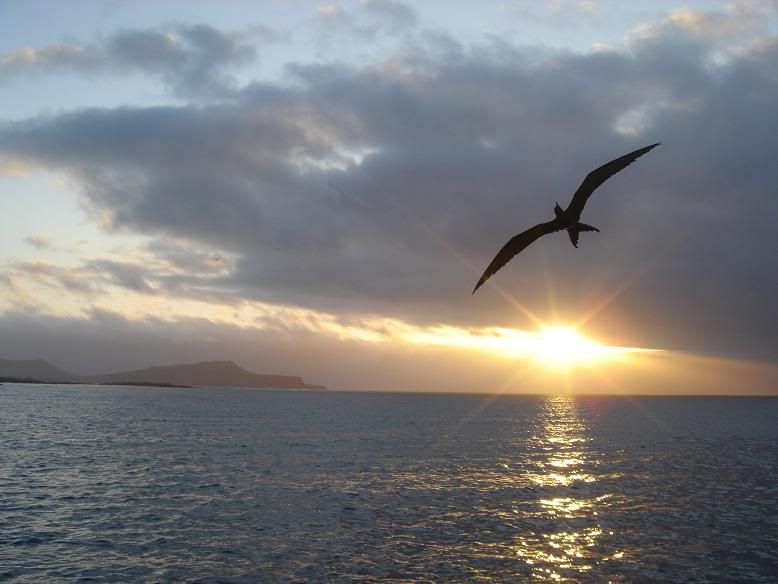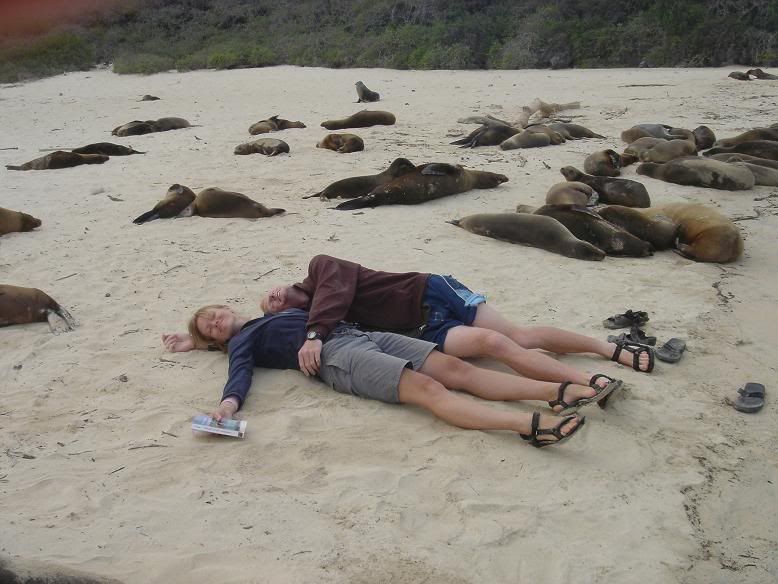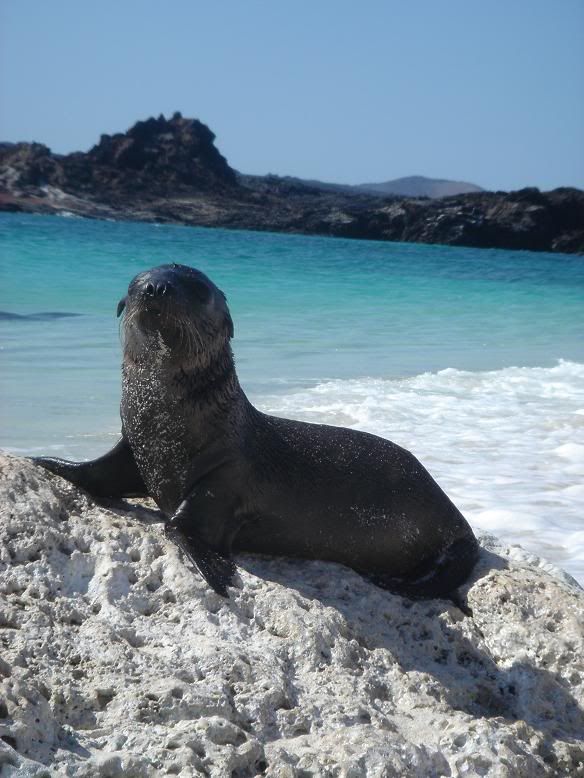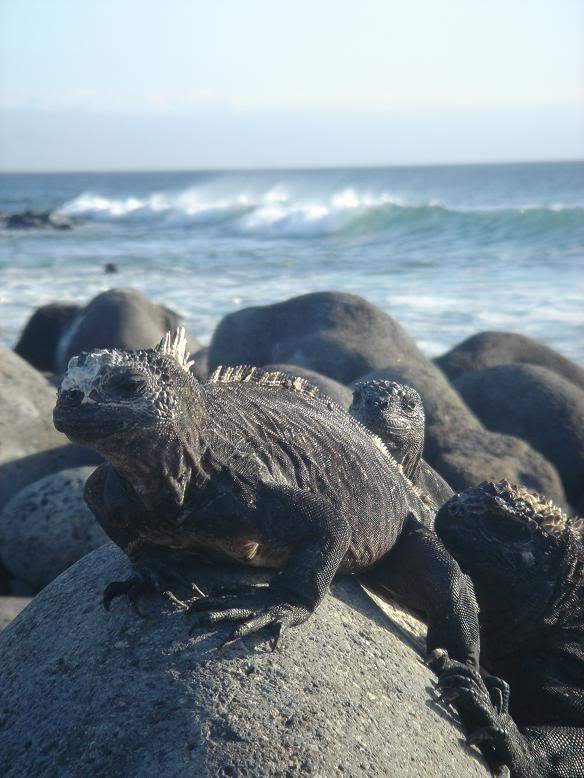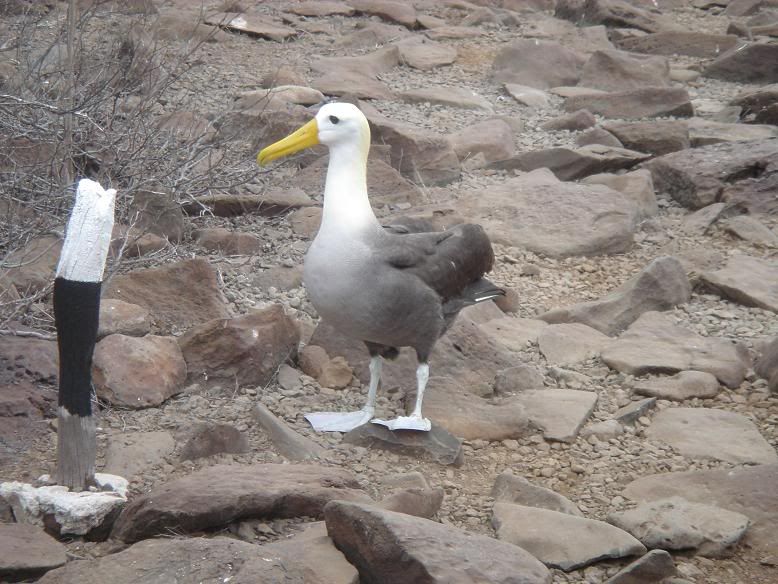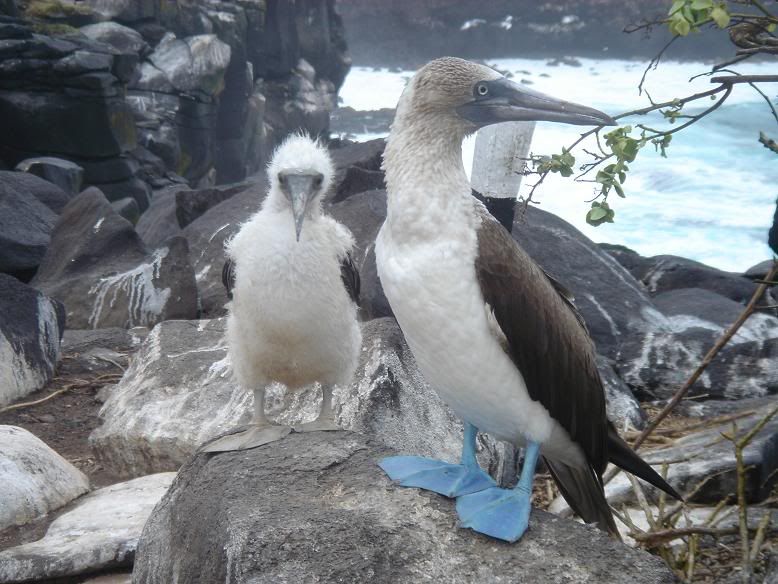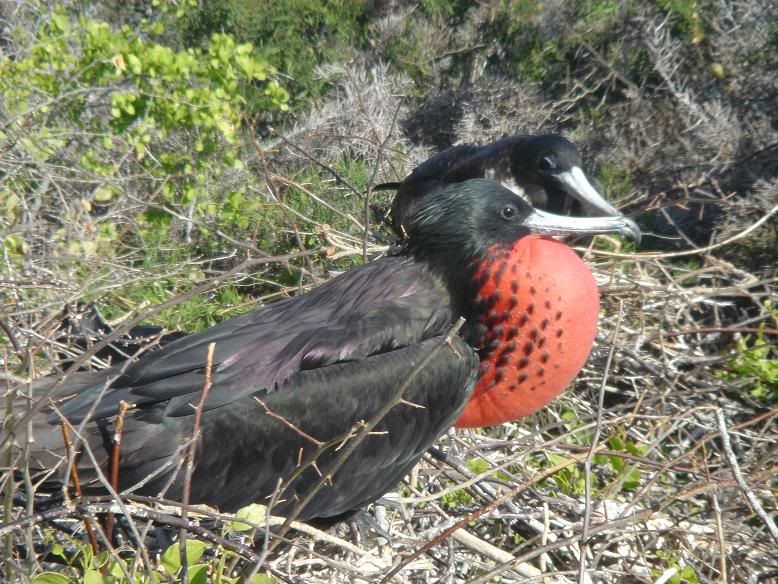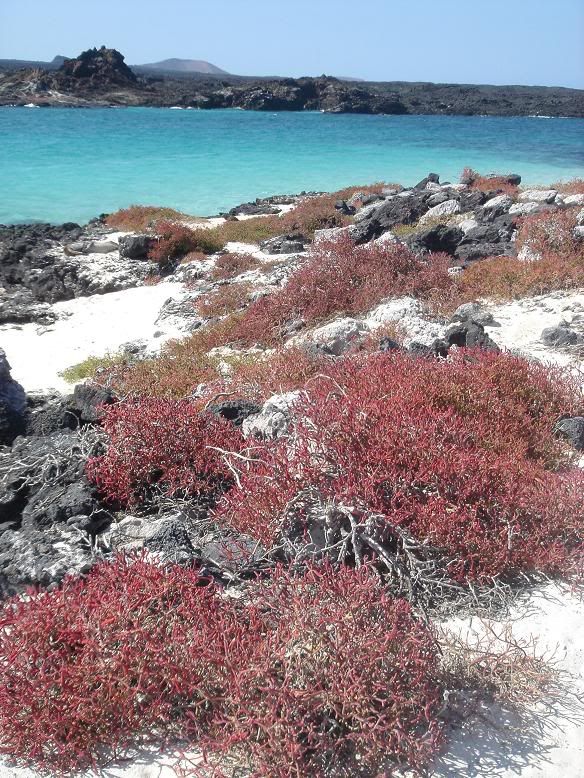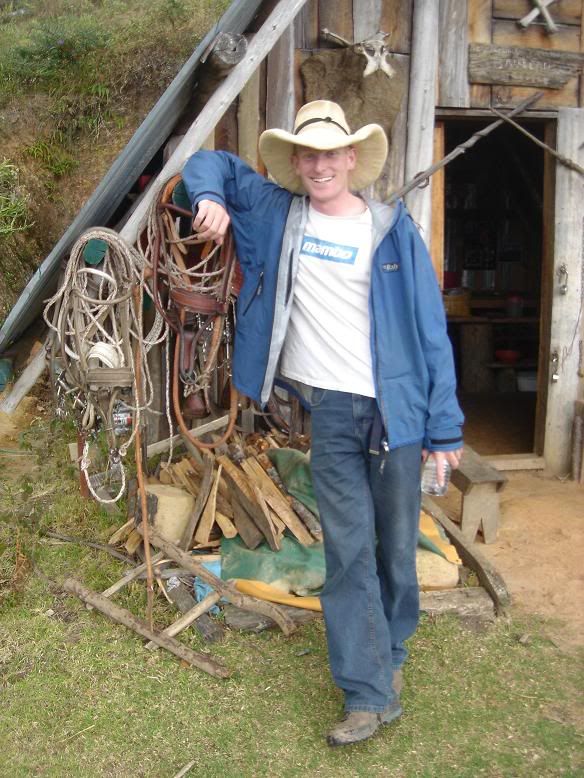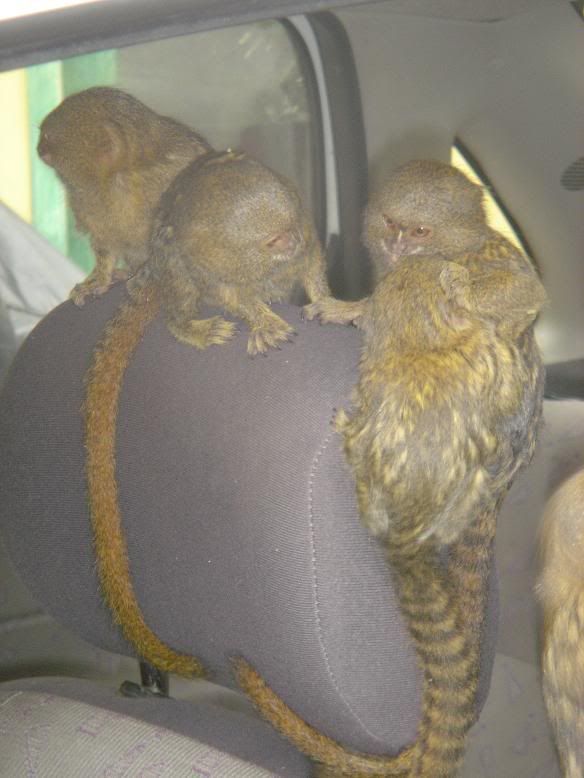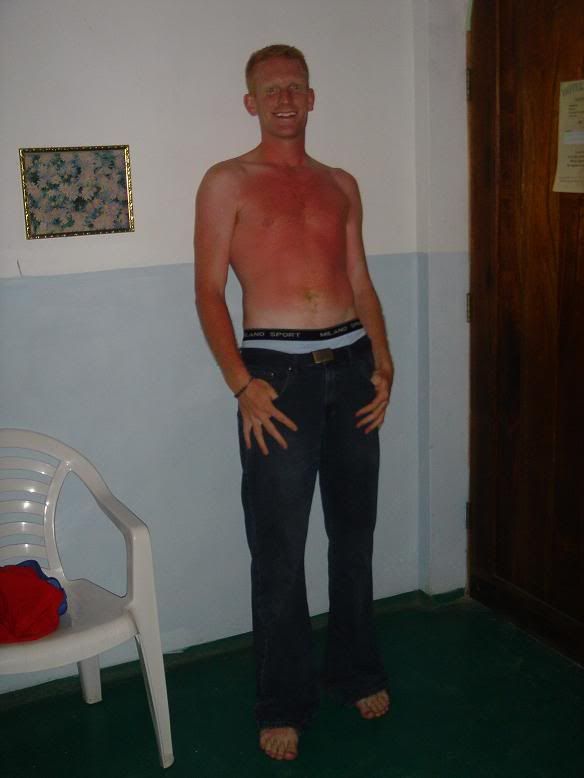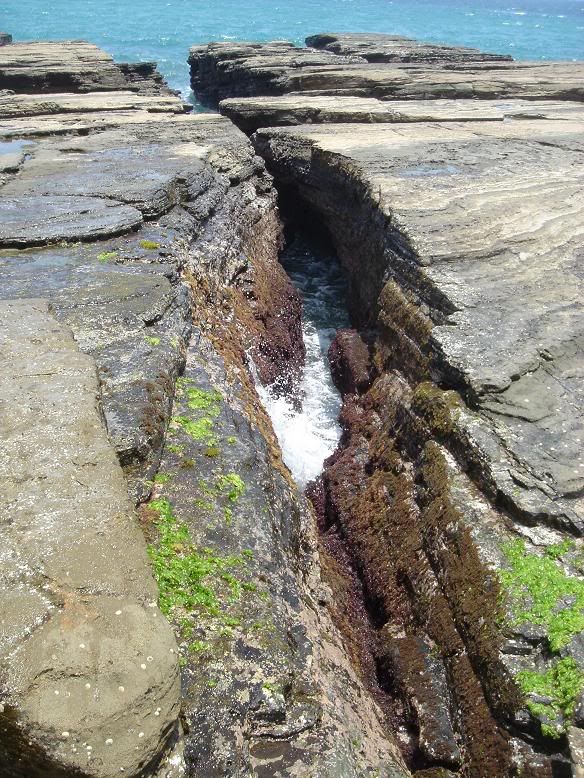Checking in at Bogotá airport was airport was a bureaucratic nightmare almost without equal. After having tickets examined, then bags examined, scanned and beaten (don’t ask, I don’t know), exemptions sought and taxes paid, we were finally allowed to join the queue of honoured souls allowed to check in. We boarded our flight a couple of hours later which left exactly on time and arrived 4 hours later in Mexico City.
Once clear of the airport we took a taxi to our hotel, managing to pay too much despite the fixed pricing system. We pulled up at our hotel right in the historic centre of Mexico City, a block back from the huge main square of the Zocálo and cathedral. It was a step up for us in price and luxury, which was a welcome change for our last few nights.
It was late Sunday afternoon, and we were half starved and had been up since Friday morning with very little sleep. After grabbing some pretty poor Mexican fast food – it was surprisingly hard to find a Mexican restaurant in Mexico City, it seemed – we went for an afternoon nap.
We woke up at the following morning after 14 hours sleep, feeling hungrier than ever but well refreshed. After a hotel breakfast we set off to see the sights of Mexico City. Given that it is the largest city in the world this was a little difficult to do in a day, so we started by walking around the Zocálo, surrounded on all sides by old colonial buildings, cathedrals and the Palacio Nacional. It was from here that Independence was first proclaimed, with the famous cry, El Grito, of “Viva Mexico!” Inside were some excellent, although rather communist murals by the artist Diego Rivera, husband of the more famous Frieda Kahlo.
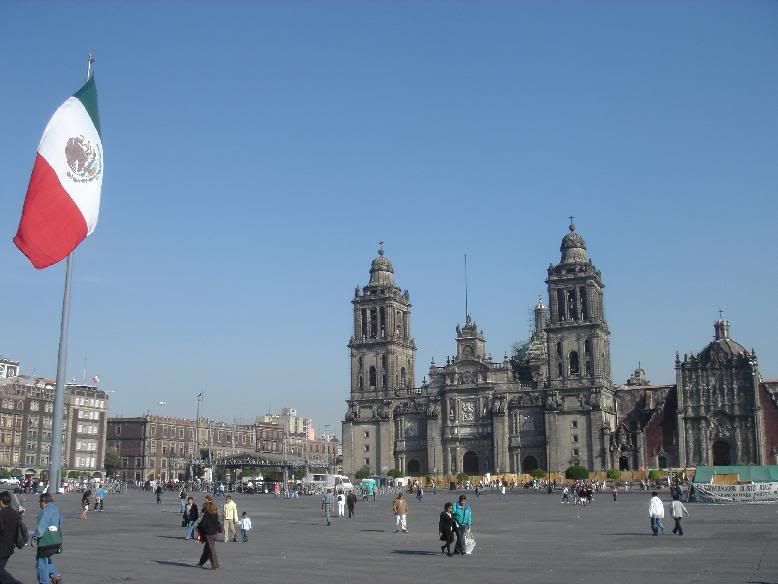
The Zocálo
After a brisk stroll around the grounds and the cathedral we hopped onto an open-topped bus for a city tour. With headphones and preprogrammed guide this was a good way of seeing a lot in a short space of time. We hopped off again at Chapultepec Park, the huge park-cum-forest that is called the “green lungs” of Mexico City. After a fruitless walk around a lake looking for somewhere to eat, we got on the bus again to the next stop in the Condensa district of the city, where we met with success and found a great café for lunch.
<>We arrived back in the centre late that afternoon and stuffed ourselves with sandwiches and icecream. We also booked ourselves on a tour the following day to Teotihuácan, the huge ancient city a short distance from the city containing some of the largest pyramids in the world. Pre-Colombian Mexican history is a mix of several great cultures: the Olmec and Toltecs were early civilisations that preceded the Maya and Aztecs, and indeed the name “Mexico” is derived from the Aztec name for their own culture, “Mexica”. In this history, the civilisation of Teotihuácan remains somewhat of a mystery. It preceded the Aztecs and donated much of its culture to them, but who they were, where they came from and where they went to is not clear.We left the following morning for on a tour that also included the obligatory stop at a church and craft shop. The church was the shrine of the Virgin of Guadalupe – the most significant religious relic in Latin America. The legend has it that the Virgin Mary appeared to a Mexican peasant for several days running; when he told his priest about this, he was informed that more proof was needed than the roses that he was being left. The following day on a piece of sack-lack cloth that was used to sell his wares at market, appeared the incredible image of the Virgin. The huge churches built around this are magnificent: sadly the older ones are subsiding and held together by large cables and the Will of God.

The churches at the Shrine of the Virgin of Guadalupe
At the craft centre was an interesting explanation on the uses of the agaves in Aztec society – as well as making tequila, there are a huge range of uses from writing parchment to clothing. We also looked at the art of obsidian carving and polishing – one of the main Teotihuácan exports; this was followed by the peddling of overpriced statues, paperweights and carvings and then a comically small lunch.

Agaves don't just make tequila.....
The best part of our day was the trip around the ancient city itself. Despite the best efforts of our miserable guide to dull us into boredom, we had a good group and had a great time walking up the Pyramid of Quetzacotl, down the Avenue of the Dead, then up the vast Pyramid of the Sun and Pyramid of the Moon. Although the stonework lacks the skill of the Incas, the scale is much greater, and it is estimated only 30% of the city is uncovered. The people who lived here were not an overly friendly lot – ritual sacrifice was common and their foreign policy could only be described as aggressively hegemonic.
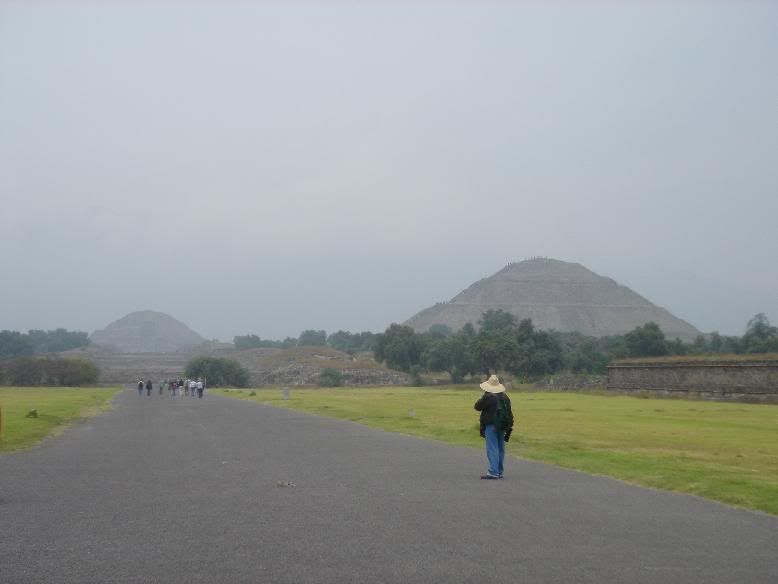
Looking down the Avenue of the Dead, left is Pyramid of the Moon, right is Pyramid of the Sun
Many of the structures at Teotihuácan were built on top of over and over, and by excavating these later layers well preserved friezes and stonework have been uncovered, many of which are on view in tunnels and rooms under smaller pyramids. After a few hours of wandering around and climbing 3 pyramids we were ready to return to Mexico City, and have a nice dinner and early night.
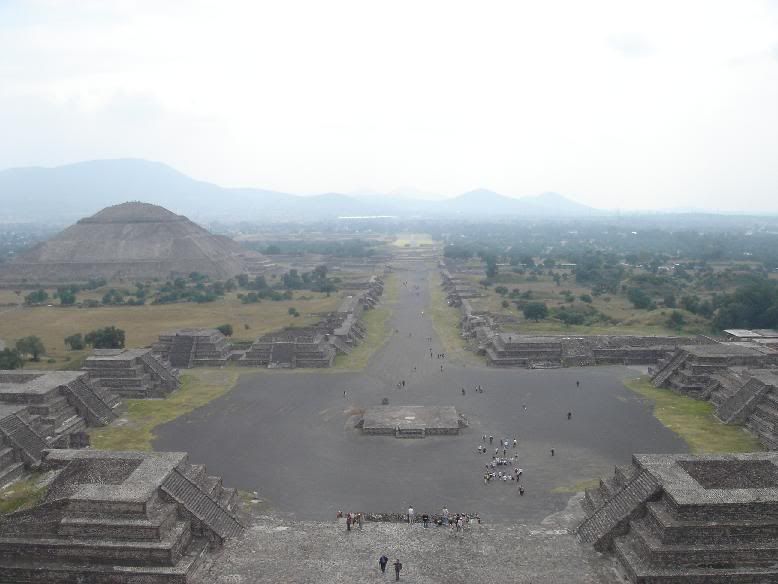
From the Pyramid of the Moon
The following day was our last in Mexico City, so we paid an all too brief visit to the vast Museum of Anthropology to look into local culture a bit more. The museum would take two days to looks around but we covered it in 2 hours – enough to see the really good Mayan and Aztec stuff, plus the odd Olmec head and Toltec carving. By this time we were rather cultured out, so we strolled back to our café in Condensa for lunch before heading back into the city to pack up. That evening we went for our last romantic dinner in an upper class restaurant serving typical Mexican food: it was good, but not as good as we hoped.
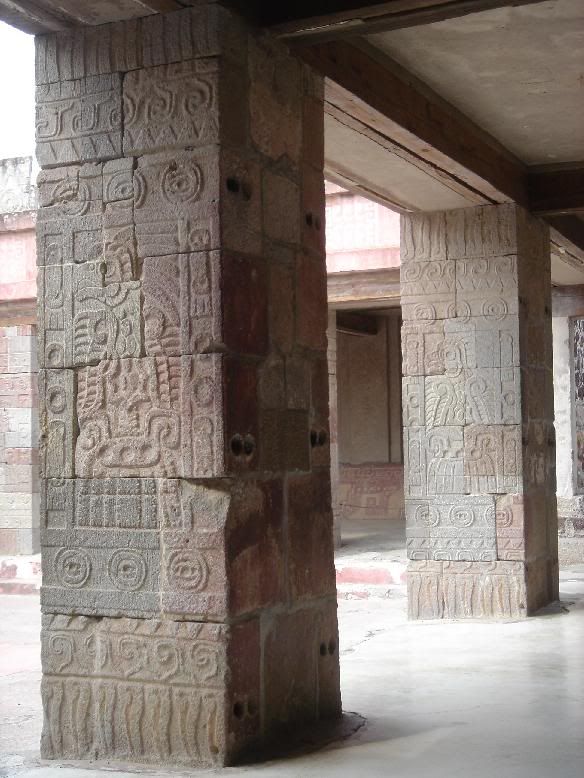
Stonework in Teotihuácan
The next morning the fun started. Hannah was flying direct from Mexico City via Madrid that evening; I had a lunchtime flight to Houston then onto Miami. Miami airport was fully functioning after Hurricane Wilma, but upon checking in to my flights I discovered my flight to Miami had been cancelled and I was flying Houston to Miami on the 29th – the day after I was flying back to Madrid. After kicking up a fuss and waiting an hour, I was eventually routed to Miami via Houston the Orlando.
On arrival in Houston I had to clear U.S. Immigration and Customs, a task greater than checking in at Bogotá. My one and a half hour transfer time was eaten up and I cleared customs with 15 minutes before my flight, and had to recheck my rucksack in. I made the flight with 6 minutes to spare and once in Orlando had an hour for my connection to Miami. I had visions of a first class seat with my boarding card – Seat 5F – which were dashed when I saw the plane pull up – a 19 seater Gulfstream, barely better than a windup toy.
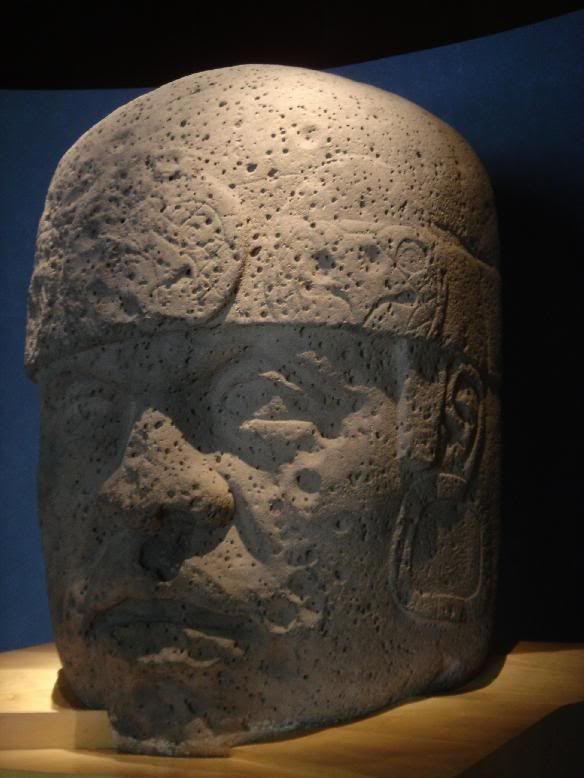
Olmec head in the Antropology Museum
In Miami I was unsurprised to find my bag was lost (still in Houston), and made my way to my hotel. Miami took a beating from Hurricane Wilma, and about half of the power supply in the county was out – including my hotel. There was a state of emergency in effect and a curfew in force – I couldn’t leave to get any dinner – but fortunately the hotel had a generator delivered 2 hours before my arrival, and there was power to half the building when I arrived.
The next morning I took a bus to the nearest mall to do some last minute shopping, and saw the extent of the damage inflicted by the sustained 110mph winds that Wilma caused. There was not an undamaged tree or house; many roofs had been ripped off and countless signs and walls blown over. It was a mess.
I was back in the airport 3 hours early for to pick up my rucksack, fresh from Houston. I checked in without problems and boarded my jumbo jet back to Madrid, which left just an hour late. Despite the late takeoff we were going to arrive earlier than planned in Madrid – good for my tight connection to my Heathrow flight. Sadly, we hadn’t banked on fog closing Madrid airport; we diverted to Valencia and sat on the tarmac there for 2 hours until the fog cleared. I arrived 4 hours late in Madrid, well after my intended flight, and joined the 300 other people queuing to sort out a flight home.
After a 2 hour wait I had a new flight back to Heathrow for that evening, a ticket for a free lunch and time to kill. Naturally the flight back to London was delayed by an hour and I touched down on home soil after 9 and a half months at 7pm. My bag failed to appear – not surprising considering the chaos at Madrid – but Mum did and soon we were cruising home on smooth roads in a comfy car.

Dinner on our last night
Hannah got home without hitches – quick through immigration and baggage reclaim, flights on time, and was back on Friday evening. My bag appeared last night – Monday – being delivered at a rather incredible 1.30am. I was glad though, since I’m already getting ready for the ski season at Val d’Isere.
So that’s it – no more South America. That’s probably lucky as you’re bored of reading by now. We hope you’ve enjoyed it at least a little bit as much as we have.
